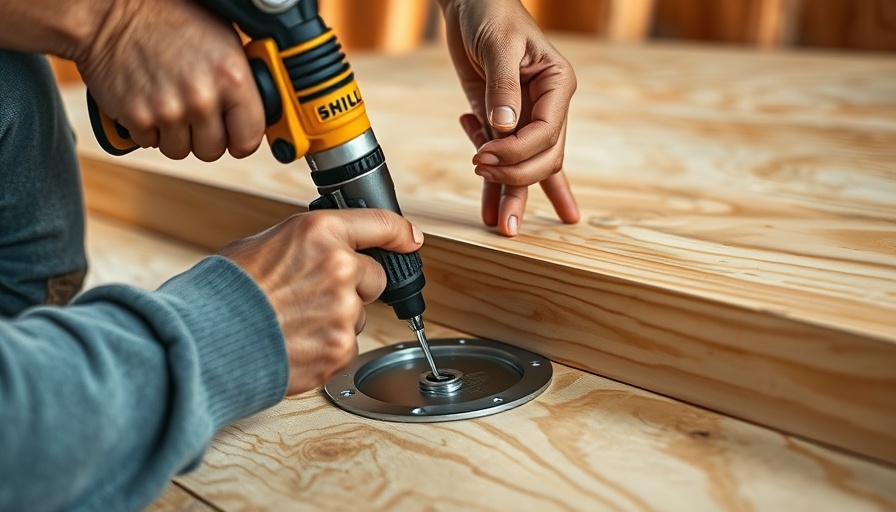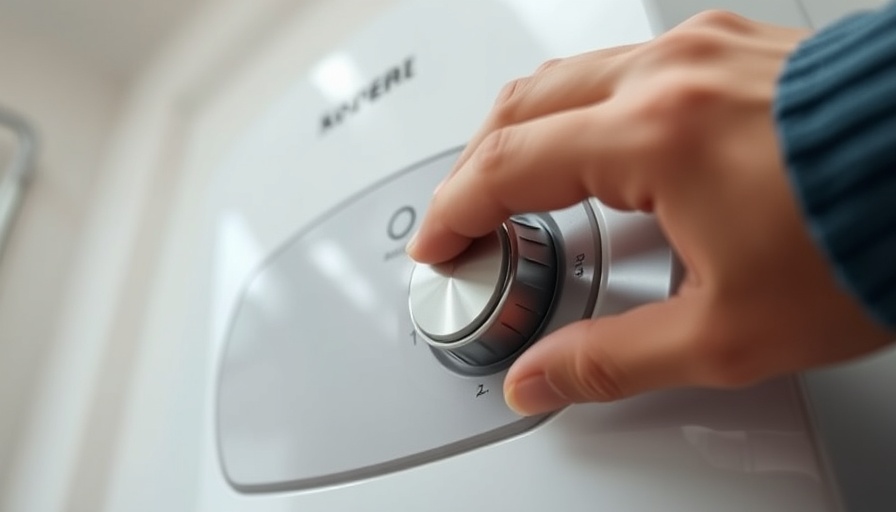
Understanding Window Well Covers: A Homeowner's Guide
Protecting your basement from water damage, pests, and accidents is crucial for any homeowner. That's where window well covers come into play. When it comes to choosing the right cover, you may find yourself torn between standard and custom options. Let’s explore the differences, so you can make an informed decision that fits your needs.
Standard Window Well Covers: The Quick and Easy Solution
Standard covers are akin to finding a ready-made outfit; they're easy to get, budget-friendly, and generally fit common window well sizes—like rectangular or semicircle models. Available in materials such as polycarbonate or metal, these covers often suit typical homes well.
Advantages of Standard Covers
- Budget-Friendly: Standard covers are cost-effective and easily found in home improvement stores.
- Quick Installation: Simply measure your window well, select the correct size, and you’re good to go!
- Good for Common Wells: If your window well sizes are standard, these covers will provide adequate protection.
Best for:
- Homeowners with standard window wells.
- DIY enthusiasts looking for a fast installation.
- Those aiming to save on costs.
Custom Window Well Covers: Tailored for Perfection
On the other end of the spectrum, custom covers are like tailored suits; they offer a precise fit specifically designed for your window wells, accommodating any unique shapes or slopes. This often results in superior protection and aesthetics.
Benefits of Custom Covers
- Perfect Fit: Designed to fit the exact dimensions, ensuring no gaps that might allow water or debris to enter.
- Enhanced Protection: Custom covers excel at keeping out rain, snow, dirt, and wildlife.
- Stronger Materials: Many custom options can handle heavier loads, making them highly durable.
- Stylish Choices: Customization provides various options for material and color, allowing for better integration into your home’s aesthetics.
Best for:
- Homes with uniquely shaped wells.
- Areas with extreme weather conditions.
- Families with young children or pets needing added safety.
Making the Choice: Custom vs Standard
Choosing between a standard and custom window well cover ultimately depends on your specific situation. Consider:
- Shape and Size: Is your window well unusual? A custom cover may be the answer.
- Weather Challenges: Frequent storms or heavy snow? A snug fit from a custom cover may offer peace of mind.
- Budget: If you’re aiming for savings and your windows are standard-sized, go with a standard cover.
Real-Life Experiences: What Other Homeowners Are Saying
In speaking with various homeowners, it's clear that experiences with window well covers vary widely based on personal preferences and individual circumstances. For instance, Jane from Ohio, who installed standard covers, found them sufficient until a heavy storm proved otherwise. Ultimately, she decided to invest in custom covers more suited to bedrock-like window wells. Meanwhile, Mark from Michigan succeeded with standard covers and avoids heavier structures around his home's foundation. Personal experiences such as these underscore the importance of weighing your options.
Conclusion: Protecting What Matters Most
Your window well covers can greatly affect the safety, efficiency, and aesthetic appeal of your home. Whether opting for a budget-friendly standard model or investing in a custom design tailored to your unique needs, what matters is that you choose the solution that best protects your home. Explore your options, consider your priorities, and don't hesitate to ask for professional advice when needed. After all, a well-chosen window well cover not only protects your home but enhances it.
Ready to safeguard your home? Connect with us today to explore the best window well cover options tailored for your home!
 Add Row
Add Row  Add
Add 




Write A Comment